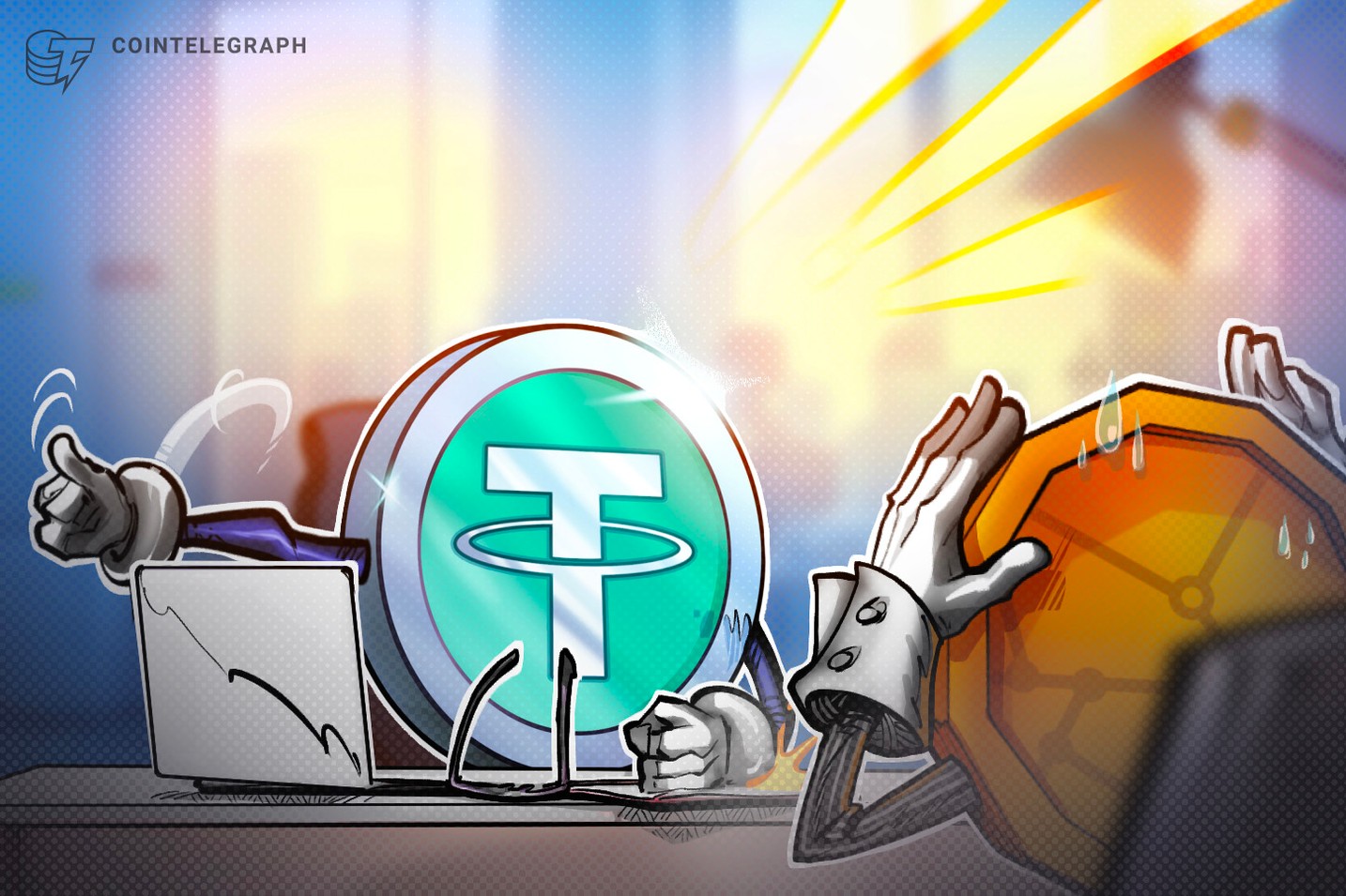
Tether’s Shift: From Stablecoin to Central Bank-Like Operations
Tether’s evolution from a mere stablecoin issuer to a complex entity resembling central bank operations highlights its significant role in the financial ecosystem.
Key Takeaways
- Tether manages a balance sheet primarily reliant on Treasury securities, holding $181.2 billion in reserves against $174.5 billion in liabilities, resulting in an excess of $6.8 billion.
- With interest rates soaring, Tether has accrued over $10 billion from interest income in 2025, a stark contrast to conventional crypto issuers.
- The company employs policy-like tools, such as freezing sanctioned wallets, adjusting supported blockchains, and directing up to 15% of profits into Bitcoin.
Despite the resemblance to a central bank, Tether does not share key characteristics such as a public mandate or full audits, relying instead on attestations made by independent parties.
Acting Like a Central Bank
Tether engages in several behaviors that mirror those of a central bank:
- Issuance and Redemption: Tether mints new USDT for verified users depositing fiat and allows them to redeem USDT for dollars, effectively managing the supply.
- Reserve Management: The reserves largely consist of short-duration US Treasurys and repos, ensuring liquidity and steady demand for T-bills.
- Interest Income: Tether earns profits in a high-interest environment, compatible with their role akin to that of a financial institution.
- Policy-Style Tools: The company can implement compliance measures like freezing wallets and adding or removing blockchains, affecting operational risks.
These interventions signify a form of monetary policy, albeit without the authority or safety net typical of a government institution.
A Shift Towards Infrastructure
Transitioning from a stablecoin provider, Tether has restructured itself to function as a comprehensive financial service entity, launching divisions that encompass data services, AI, and educational programs. The company aims to bolster its operations in markets such as the United States with upcoming compliant offerings.
Critical Perspectives
While some view Tether as a central bank-like institution, it fundamentally lacks sovereignty and public oversight. The differences between attestation and formal audits raise legitimate concerns among critics regarding transparency and accountability.
Conclusion
Ultimately, Tether’s operations increasingly resemble those of a private central bank for cryptocurrencies. It influences the economic landscape through minting, redemption, and compliance actions while navigating a complicated terrain of public trust and regulatory scrutiny.


